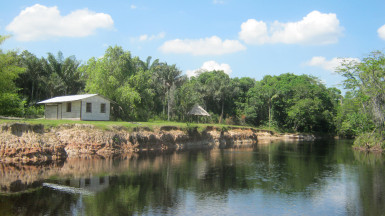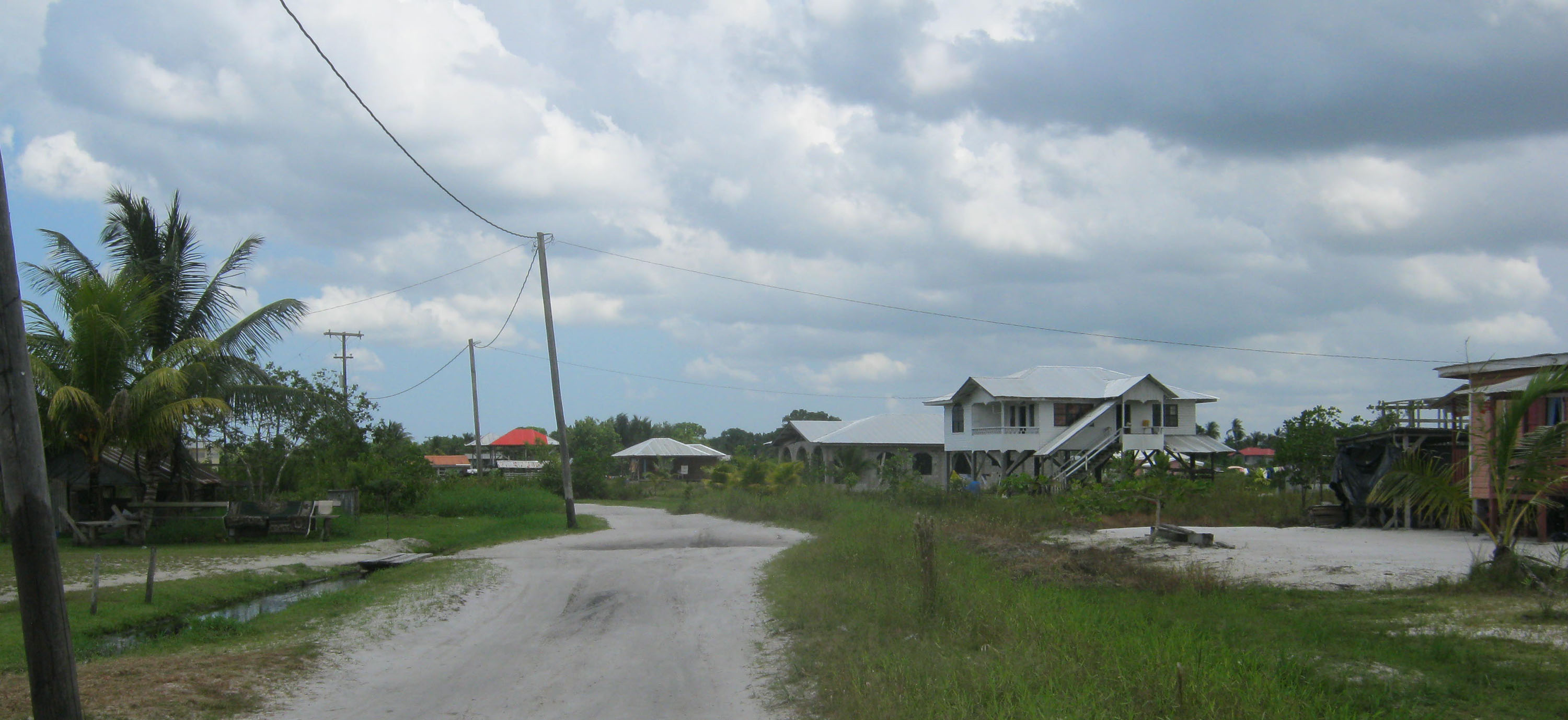Story and photos by Roger Wong
Hidden behind thick forest, about eleven miles off the Soesdyke-Linden Highway St Cuthbert’s Mission sits amid a vast display of flora and fauna and is home to more than 1,200 Indigenous Guyanese.

Although it is the closest settlement of Indigenous people to Georgetown—just about an hour’s drive from the Soesdyke junction—it is still waiting to be discovered by many.
Though so close, it presents a world that is completely different from the busy life of the city, one which is set apart for its breathtaking scenery, black water, fresh air and forest that is the habitat of diverse wild animals, peculiar birds and fishes; and from its white sandy soil, vegetation and tiny flowers unique to the area.
Even more spectacular is the Mahaica River, a constant flow of cold, black water bordered by walls of pure, white sand, mixed with clayey mud and tall, green trees holding cool air, despite the burning mid-morning sun overhead. The black water is also a haven for a variety of aquatic life and if you are fascinated with fishing, it’s the perfect place to go with your fishing hooks.
However, many of the residents believe that the full potential of the community is still to be realised, as a lack of resources has left it struggling to grow economically with roads which remain rough and very few jobs available to villagers.
The main access road is riddled with huge potholes which significantly affect the time vehicles to

